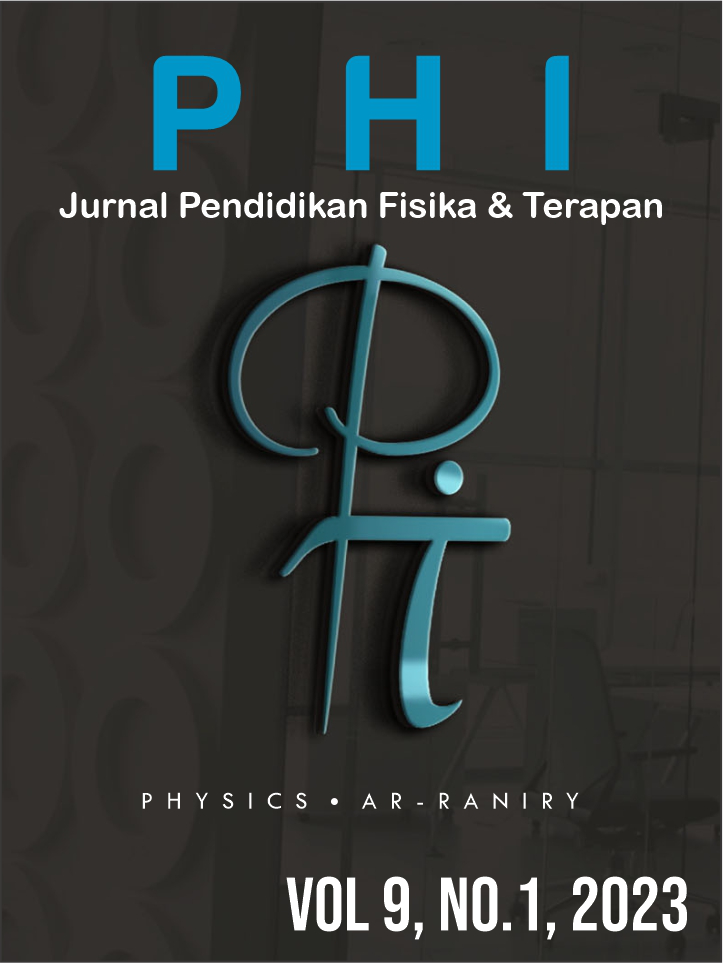Implementasi Mikrokontroler Berbasis IoT Untuk Optimalisasi Kinerja Sistem Akuaponik
DOI:
https://doi.org/10.22373/p-jpft.v9i1.16292Keywords:
Mikrokontroller, Sistem Akuaponik, Internet of Things (IOT)Abstract
Penambahan perangkat mikrokontroler telah memberikan pengaruh yang signifikan terhadap peningkatan kinerja sistem akuaponik. Perangkat pompa dan pakan ikan kini dengan mudah bisa diakses dan dioperasikan oleh pemilik meski tidak berada di lokasi. Selain itu, perangkat mikrokontroler juga mampu memberikan informasi suhu dan pH air kolam secara real time. Dengan demikian kinerja sistem akuaponik menjadi lebih optimal karena pemilik bisa terus berinteraksi dan mengendalikan seluruh perangkat sistem akuaponik melalui mikrokontroler yang terkoneksi dengan aplikasi android. Komponen mikrokontroler yang dirancang terdiri dari: (1) NodeMCU ESP8266 untuk pusat kontrol; (2) LCD 16x2 I2 sebagai pemberi notifikasi visual terhadap nilai PH dan suhu air kolam; (3) Sensor Suhu Tipe DS18B20; (4) Sensor PH Tipe 450C; (5) Motor Servo Tipe MG996R sebagai motor penggerak pakan ikan; (6) Buzzer sebagai indikator bunyi. Mikrokontroler ini diterapkan pada sistem akuaponik tipe Nutrient Film Technique (NFT).Downloads
Additional Files
Published
2023-01-31
Issue
Section
Artikel
License
Authors who publish with Jurnal Phi agree to the following terms:
- Authors retain copyright and grant the journal right of first publication with the work simultaneously licensed under a Creative Commons Attribution License (CC BY 4.0) that allows others to share the work with an acknowledgment of the work's authorship and initial publication in this journal.
- Authors are able to enter into separate, additional contractual arrangements for the non-exclusive distribution of the journal's published version of the work (e.g., post it to an institutional repository or publish it in a book), with an acknowledgment of its initial publication in this journal.
- Authors are permitted and encouraged to post their work online (e.g., in institutional repositories or on their website) prior to and during the submission process, as it can lead to productive exchanges, as well as earlier and greater citation of published work (See The Effect of Open Access).

















